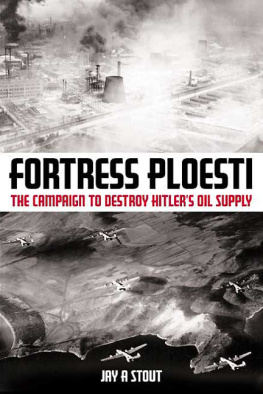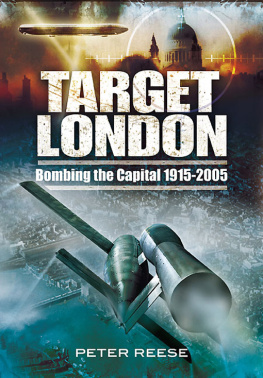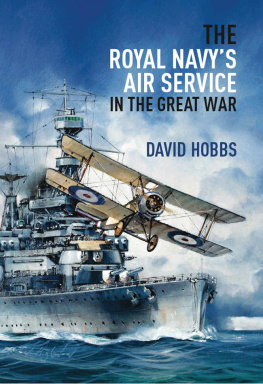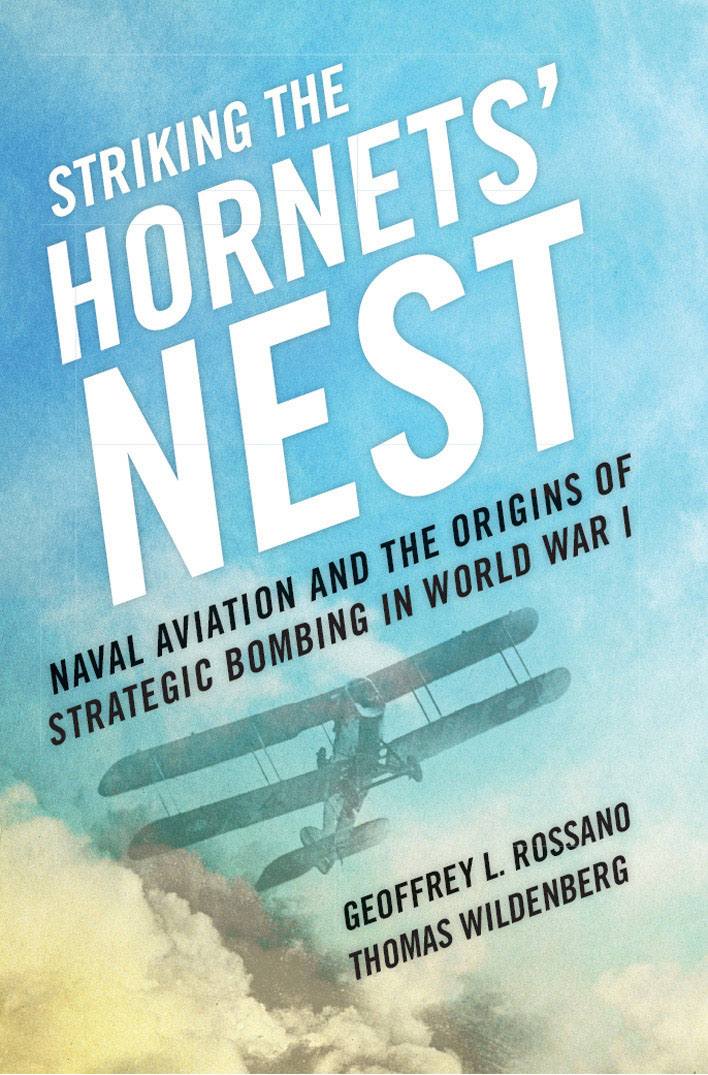Geoffrey L. Rossano - Striking the Hornets Nest: Naval Aviation and the Origins of Strategic Bombing in World War I
Here you can read online Geoffrey L. Rossano - Striking the Hornets Nest: Naval Aviation and the Origins of Strategic Bombing in World War I full text of the book (entire story) in english for free. Download pdf and epub, get meaning, cover and reviews about this ebook. year: 2015, publisher: Naval Institute Press, genre: History. Description of the work, (preface) as well as reviews are available. Best literature library LitArk.com created for fans of good reading and offers a wide selection of genres:
Romance novel
Science fiction
Adventure
Detective
Science
History
Home and family
Prose
Art
Politics
Computer
Non-fiction
Religion
Business
Children
Humor
Choose a favorite category and find really read worthwhile books. Enjoy immersion in the world of imagination, feel the emotions of the characters or learn something new for yourself, make an fascinating discovery.

- Book:Striking the Hornets Nest: Naval Aviation and the Origins of Strategic Bombing in World War I
- Author:
- Publisher:Naval Institute Press
- Genre:
- Year:2015
- Rating:4 / 5
- Favourites:Add to favourites
- Your mark:
Striking the Hornets Nest: Naval Aviation and the Origins of Strategic Bombing in World War I: summary, description and annotation
We offer to read an annotation, description, summary or preface (depends on what the author of the book "Striking the Hornets Nest: Naval Aviation and the Origins of Strategic Bombing in World War I" wrote himself). If you haven't found the necessary information about the book — write in the comments, we will try to find it.
Striking the Hornets Nest provides the first extensive analysis of the Northern Bombing Group (NBG), the Navys most innovative aviation initiative of World War I and one of the worlds first dedicated strategic bombing programs. Very little has been written about the Navys aviation activities in World War I and even less on the NBG. Standard studies of strategic bombing tend to focus on developments in the Royal Air Force or the U.S. Army Air Service.
This work concentrates on the origins of strategic bombing in World War I, and the influence this phenomenon had on the Navys future use of the airplane. The NBG program faced enormous logistical and personnel challenges. Demands for aircraft, facilities, and personnel were daunting, and shipping shortages added to the seemingly endless delays in implementing the program.
Despite the impediments, the Navy (and Marine Corps) triumphed over organizational hurdles and established a series of bases and depots in northern France and southern England in the late summer and early fall of 1918. Ironically, by the time the Navy was ready to commence bombing missions, the German retreat had caused abandonment of the submarine bases the NBG had been created to attack. The men involved in this program were pioneers, overcoming major obstacles only to find they were no longer needed.
Though the Navy rapidly abandoned its use of strategic bombing after World War I, their brief experimentation directed the future use of aircraft in other branches of the armed forces. It is no coincidence that Robert Lovett, the young Navy reserve officer who developed much of the NBG program in 1918, spent the entire period of World War II as Assistant Secretary of War for Air where he played a crucial role organizing and equipping the strategic bombing campaign unleashed against Germany and Japan. Rossano and Wildenberg have provided a definitive study of the NBG, a subject that has been overlooked for too long.
Geoffrey L. Rossano: author's other books
Who wrote Striking the Hornets Nest: Naval Aviation and the Origins of Strategic Bombing in World War I? Find out the surname, the name of the author of the book and a list of all author's works by series.












